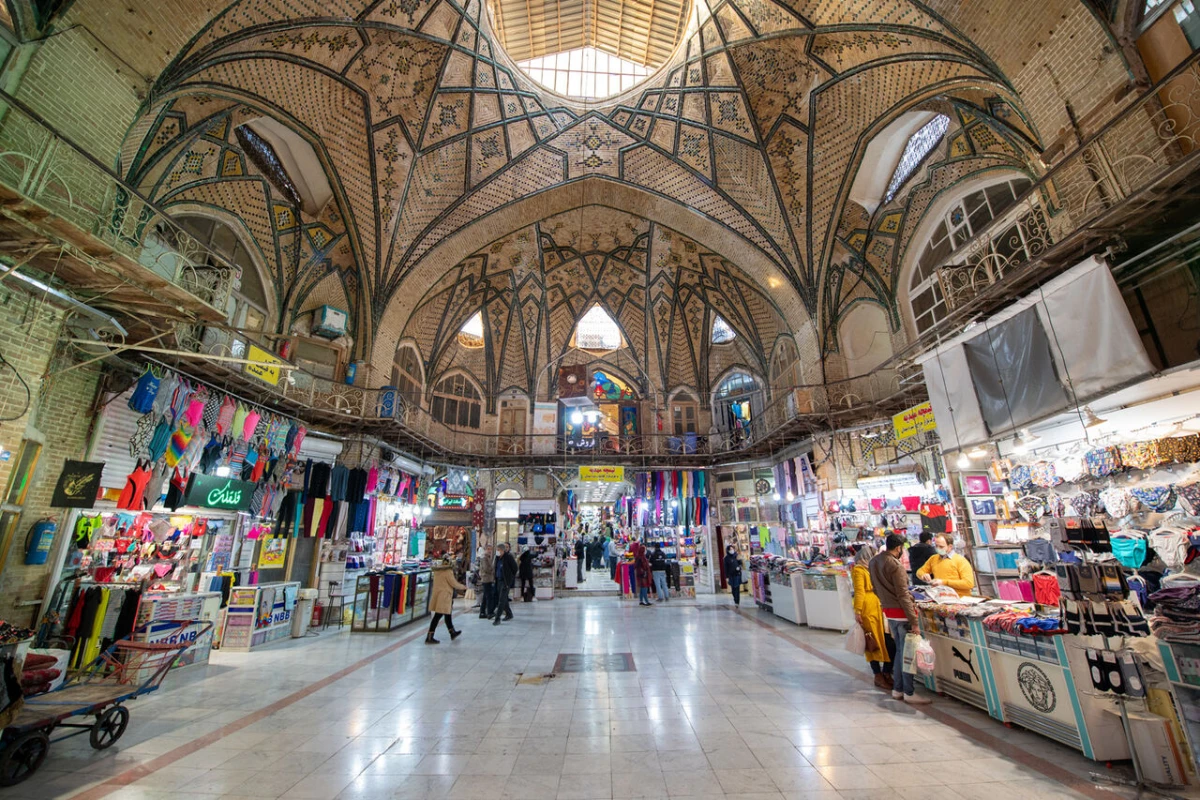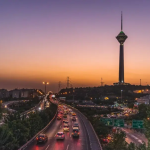The Tehran Grand Bazaar, also known as the Grand Bazaar of Tehran, is one of the largest and oldest bazaars in the Middle East, dating back to the 10th century. Located in the heart of Tehran, the capital city of Iran, the bazaar covers an area of over 10 hectares and is a major landmark of the city.
A brief history
The Tehran Grand Bazaar has a rich and fascinating history. It was initially a small market that served the needs of the local community. However, as the city grew and became the capital of Iran during the Safavid era (1501-1722), the bazaar also expanded and evolved into a major trading hub.
During the Qajar era (1785-1925), the bazaar underwent significant renovations and improvements, with the construction of new buildings and the expansion of existing ones. The bazaar continued to thrive during the Pahlavi era (1925-1979) and played a significant role in the country’s economy.
However, after the Islamic Revolution in 1979, the bazaar faced some challenges due to the changes in the country’s political and economic landscape. Despite these challenges, the bazaar remains a vital part of Tehran’s cultural and economic heritage.
Architecture and layout
The Tehran Grand Bazaar is a labyrinth of interconnected alleys, courtyards, and buildings, with over 10 kilometers of covered walkways. The bazaar is divided into over 20 different sections, each dedicated to a particular type of merchandise, such as carpets, textiles, spices, and jewelry.
The architecture of the bazaar is a blend of traditional Persian and Islamic styles, with ornate vaulted ceilings, intricate tilework, and wooden doors and shutters. The bazaar also features several mosques, caravanserais (historic inns), and bathhouses, which serve as reminders of the bazaar’s historical significance.
One of the most iconic features of the bazaar is the Timcheh-ye Hajeb al-Dowleh, featuring a stunning central courtyard.
The bazaar also features several historic mosques, such as the Imam Khomeini Mosque and the Haj Ali Akbar Mosque, which are notable for their intricate tile work and calligraphy. These mosques serve as reminders of the bazaar’s historical and cultural significance and provide visitors with an opportunity to experience the religious traditions of Iran.
Shopping and experiences
The Tehran Grand Bazaar is a shopper’s paradise, with a wide variety of merchandise available at reasonable prices. Visitors can find everything from hand-woven Persian carpets to spices, jewelry, and traditional handicrafts.
In addition to shopping, the bazaar offers a unique cultural experience. Visitors can explore the bazaar’s winding alleys and discover hidden gems, such as traditional teahouses, sweet shops, and spice stores. The bazaar is also a great place to observe local customs and traditions, such as the art of haggling and the preparation of traditional Persian sweets.
Dining, foods, and drinks
The Tehran Grand Bazaar is not just a shopping destination but also a food lover’s paradise. The bazaar offers a diverse array of food options, ranging from traditional Iranian delicacies to international cuisine.
One of the most popular dining options in the bazaar is traditional Iranian cuisine. The bazaar is home to several traditional Iranian restaurants that serve mouth-watering dishes such as kebabs, stews, and rice dishes. Moslem Restaurant is one of the most famous restaurants in the bazaar, known for its delicious lamb shank and tomato-based stew called Dizi. Other popular restaurants that serve traditional Iranian cuisine in the bazaar include Sharaf-ol-Eslami and Malek Cafe, which are famous for their grilled chicken and kebabs and traditional Iranian breakfast, respectively.
In addition to traditional Iranian cuisine, the bazaar also offers street food, which includes a variety of snacks and quick bites. One of the most popular street foods in the bazaar is Ash Reshteh, a hearty soup made with beans, noodles, and herbs. The bazaar also offers a variety of sweets and desserts, such as Sohan, a type of brittle made with flour, sugar, and saffron, and Baklava, a flaky pastry filled with nuts and honey.
The bazaar is also a great place to quench your thirst while exploring the market. One of the most popular drinks in the bazaar is Doogh, a savory yogurt-based drink that is perfect for hot summer days. Another popular drink is Persian tea, which is typically served with sugar cubes and is a great way to take a break from shopping and relax. Take part in our guided tours to Tehran Grand Bazaar, providing you a nice visit with a deeper understanding of the bazaar’s history and architecture.
Last word
The Tehran Grand Bazaar is a fascinating and unique destination, offering a glimpse into Iran’s rich cultural heritage and history. The bazaar’s architecture, layout, and merchandise make it a must-visit destination for anyone visiting Tehran.
Despite the challenges it faces, the bazaar remains a vital part of Tehran’s cultural and economic landscape. As efforts to preserve and promote the bazaar continue, it is likely to remain a key landmark and destination for years to come.
Let us know your ideas and comments about this bazaar in the comment box below, we will be happy to hear from you!


















